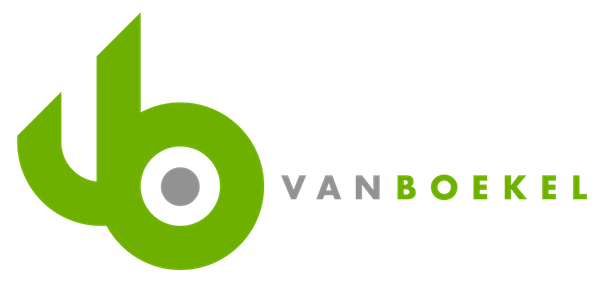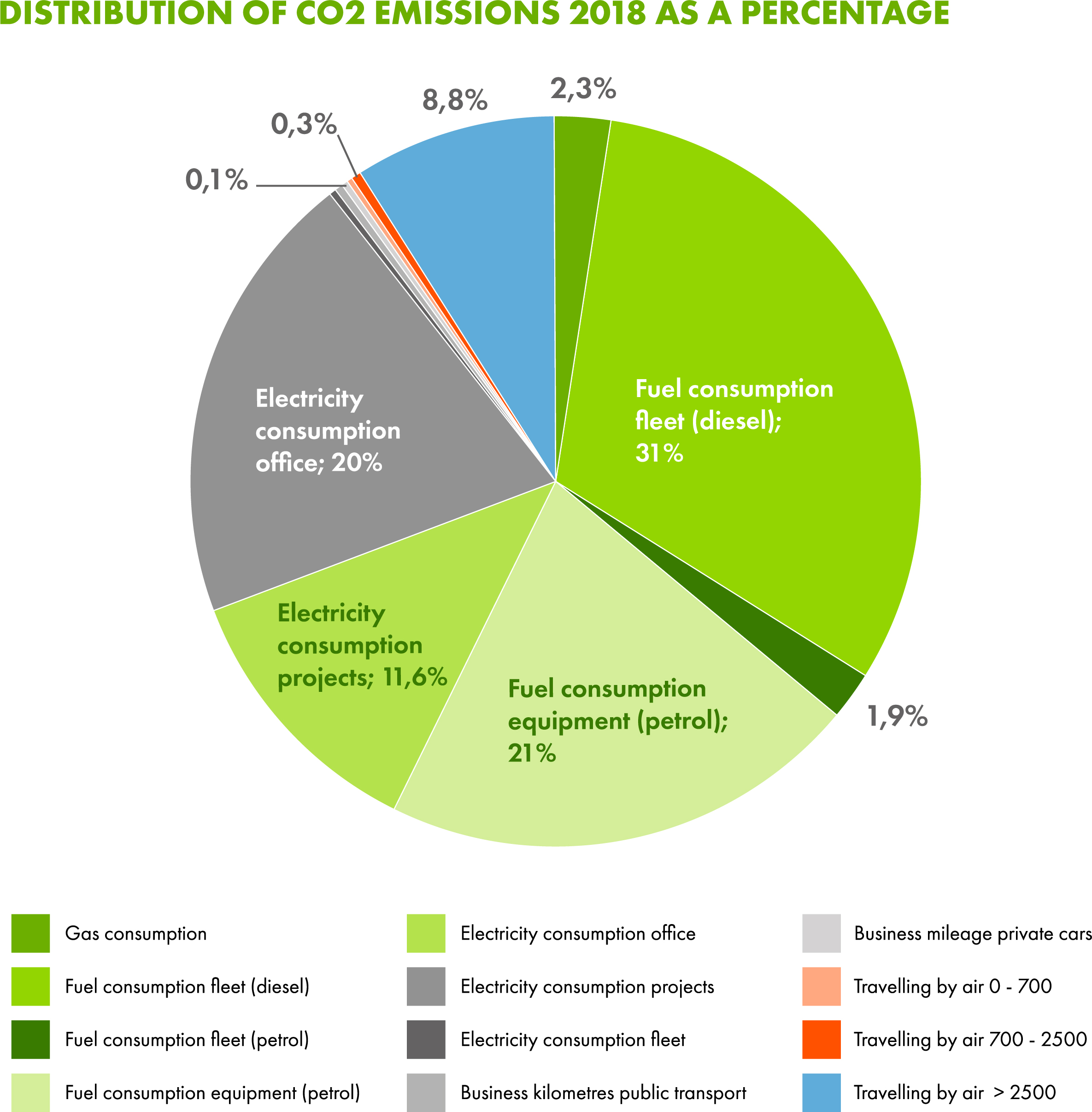We actively participate in initiatives at least twice a year and at most four times a year. We are also affiliated with Stimular’s “Bewust omgaan met energie” (Conscious energy use) initiative, as well as “Duurzaam Collectief” (Sustainable Collective).
“Bewust omgaan met energie”
This initiative is backed up by more than 10 companies and was established in the context of CO2 performance ladder certification. Gradually, the initiative started to gain more support and it has since proven to be a great source of knowledge to fuel continued innovation. The members meet twice a year to make an active contribution to knowledge-sharing about carbon emissions and listen to the many guest speakers invited to these meetings. The group is chaired by Stimular, which also provides its expertise and organises the guest speakers.
https://www.stimular.nl/nieuws/mourik-infra-co2-reductie-programma-stimuleert-om-verder-te-innoveren/
“DuurzaamCollectief“
DuurzaamCollectief, Dutch for Sustainable Collective, is an alliance of companies looking to combine their efforts in the field of sustainability. This collective is made up of companies in the construction, infrastructure and industry sectors on the one hand and companies working on solutions based on more sustainable forms of energy use on the other hand. Most affiliated companies are dealing with the same problem: massive diesel consumption. During the meetings, the members share knowledge and listen to guest speakers to find out potential solutions or alternatives that can help them reduce their carbon emissions.
https://www.duurzaamcollectief.nl/

